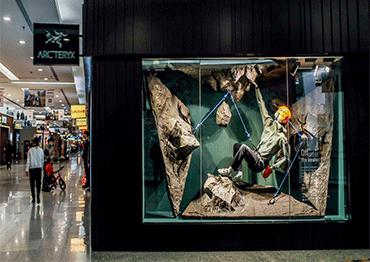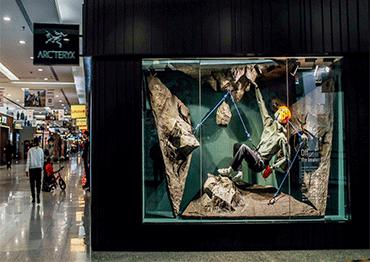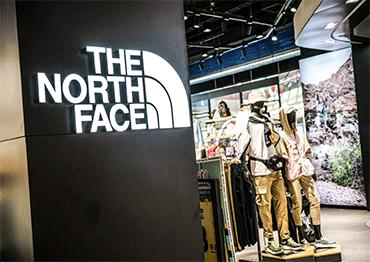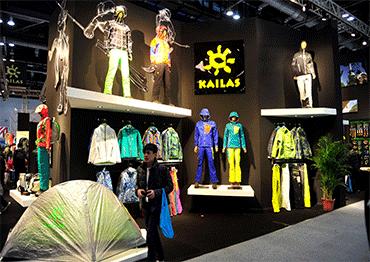Despite the large sales volume, Zhou said an outdoor jacket priced at 199 yuan (US$27), which includes a 30-percent added value, is extremely low compared to international brands such as US’s North Face and Colombia. He attributed the thin margins to the lack of high-tech innovation, which confines domestic brands to the low-end market.
“The value of outdoor jackets depends on their protective functions, such as defending against extremely cold weather, which requires advanced materials and manufacturing technologies,” Huang Yubing, dean of the Sanmen Research Institute, Zhejiang Science-Technology University in Hangzhou, told NewsChina.
“But many domestic manufacturers lack advanced technologies and make products suited only to mild weather conditions, pricing them on par with ordinary clothing,” Huang added.
In 2016, the China Standardization Administration (SAC) released quality standards for outdoor jacket manufacturing, covering waterproofing, material durability and color resilience. On September 7, SAC upgraded several standards for materials, coatings and moisture permeability. The US, Japan and Europe also have their own unique criteria.
However, these moves have done little to change the market landscape, nor have they helped raise the prices of big domestic brands.
According to MMI, current prices for Camel and Pelliot jackets average at 598 and 647 yuan (US$82-88), while average prices for North Face and Colombia are 1,706 (US$233) and 1,410 yuan (US$193), and Canada-based Arc’teryx averages 3,921 yuan (US$536).
Experts blame lagging technology and marketing strategies for the gap.
According to Huang, supplies for international brands such as North Face, Arc’teryx and Mammut of Switzerland are meticulously calculated to sell out stock quickly before rolling out new products. In contrast, Chinese producers, which compete fiercely in constant price wars to reduce inventories, are more exposed to fluctuations in market demand.
“Because major international brands established outdoor sports businesses much earlier than domestic ones, they have the background and experience necessary to carve out their niche markets,” a representative for Toread’s sales department told NewsChina.
Sun Na, brand director for mid-range outdoor sports supplier Kailas, headquartered in Guangzhou, Guangdong Province, told NewsChina that growing demand for low-priced outdoor wear will wane as Chinese outdoor enthusiasts become more sophisticated in their purchases and seek out quality specialized products.
Zhou said shoppers on their livestreaming channels are asking more specific questions about their jackets’ protective functions. “They are increasingly more informed,” he said.

 Old Version
Old Version


